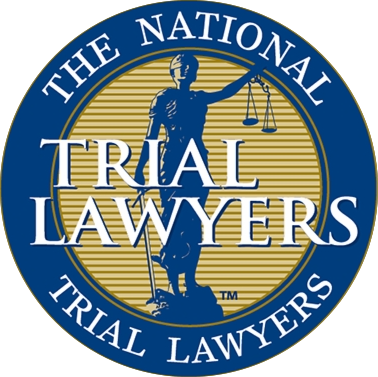The thought of undergoing a medical procedure can cause apprehension for various reasons. You may fear the surgery itself, the possible reactions to medications, or the potential for adverse effects from anesthesia.
While some medical problems may be unavoidable, too often problems arise because of mistakes on the part of doctors and nurses. Following are some types of anesthesia errors that can cause serious harm.
Dosing errors
Overdosing or underdosing can put patients at significant risk, and these types of errors happen more often than you might think. Dosing errors can occur due to a staff member’s general inexperience, lack of familiarity with dosage equipment, or hasty or careless actions.
IV flow rate
In many cases, patients receive anesthetic medication intravenously — or through an IV. When medical staff utilize this process, they need to ensure that the IV has the correct flow rate. If a staff member sets the flow rate too high or too low, you could experience negative reactions due to receiving too much or too little medication at a time. Obviously, errors in IV flow rate can result in overdosing or underdosing.
Unintentional administration
Some devices used to administer anesthetics may also contribute to putting a patient at risk. If the valve used to control the flow of medication has “dead space,” it’s possible that a buildup of residual anesthetic could occur. As a result, those remaining drugs could get flushed through the IV and into your bloodstream.
In other words, it’s important to ensure that devices used to administer drugs are clean and properly maintained.
Holding medical providers accountable
Anesthesia errors — especially overdoses — could cause you or someone you love to suffer serious health problems, and in some cases, mistakes in anesthesia have fatal consequences. If you or a family member has suffered due to anesthesia error of any kind, it is important to understand your full range of options for holding the doctor, nurse or hospital accountable. For more on that, please see our medical malpractice overview.









